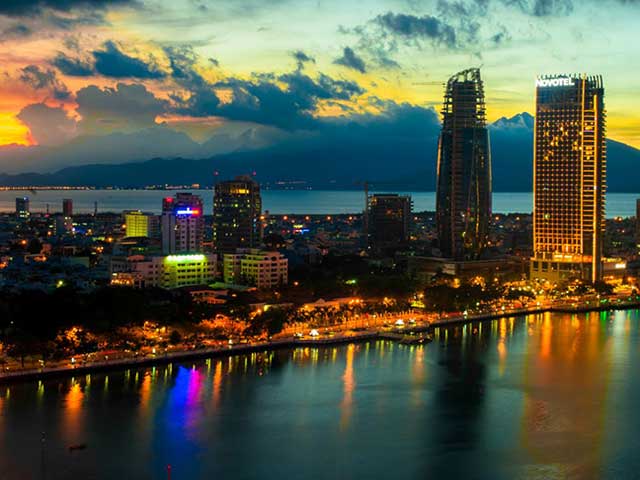| ||
| From Threeland Travel's Blog - July 2012 |
Addressing the ceremony, National
Assembly Chairman Nguyen Sinh Hung said: “The Ho Dynasty Citadel, a unique
military and architectural work, has been preserved by our people for over 600
years. It has been regarded as having prominent global cultural value, and
recognized as a world cultural heritage site by the UNESCO.”
The citadel and other world
heritage sites of Vietnam help international friends better understand the
country and its people, opening up new opportunities for tourism development
and culture research, he stressed.
The citadel, located in Vinh Long
and Vinh Tien Communes of Vinh Loc District was built in 1397, as ordered by Ho
Quy Ly, founder of Ho Dynasty (1400-1407). It measures 870m by 883m and was
built within only three months, between January and March of 1937. It is the
only one built entirely of stone in Vietnam and remained almost intact through
ups and downs in history.
Earlier, the province hosted the
consultation meeting of UNESCO national commissions in the Asia-Pacific region
from June 15-17 in Thanh Hoa City.
An art
program entitled "Ho Dynasty Citadel - the Pride of Vietnam" will be
held following the ceremony to honor the historical and cultural value of the
citadel.
Many
activities were organized to celebrate the event, including a village market, a
festival of Ly-Tran dynasty folk games, and a display of objects, photos and
articles about the citadel and the Ho Dynasty to promote tourism in the region.
On the
occasion, Thanh Hoa province also hosted an International Conference for UNESCO
National Committees in Asia-Pacific Countries on June 15-17.
The
citadel was built under the reign of King Ho Quy Ly and became the capital of
Vietnam from 1397 to 1407.
According
to estimations, about 25,000cu.m of stone was used to build the walls of the
citadel, and each stone had an average weight of 10-20 tonnes.
On
account of its unique architectural and historical values, it was recognized as
a World Culture Heritage by UNESCO on June 27, 2011.
(Source: Asia Travel Tips)














0 comments:
Post a Comment